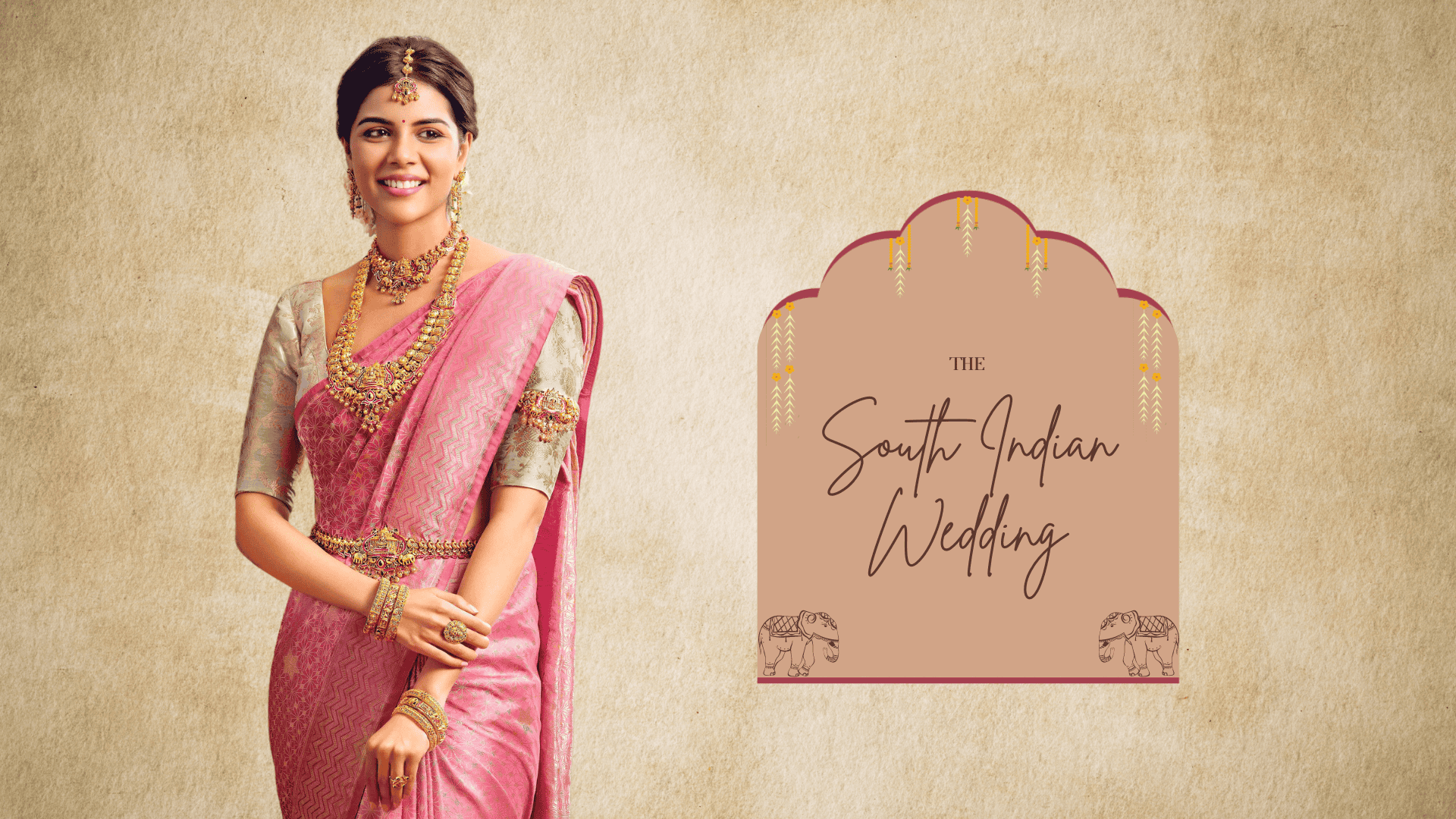The South Indian Wedding: A Celebration of Love and Jewellery


The months from August to September mark a spirited period in South India – the wedding season. That season of love when families come together to celebrate the auspicious beginning of new lives with grandeur. At the heart of these weddings is the stunning array of bridal jewellery that adorns the bride (not to mention all the cousins, friends and aunties), each piece essaying a story of heritage, artistry and timeless elegance.
And the month of July, is when all the research happens! So, here is a sneak peek into the wonderful world of South Indian Bridal Jewellery, where temple jewellery, diamonds, gold, and an exuberant collection of traditional ornaments replenish the bride in beauty and grace. Each piece of South Indian bridal jewellery is a testament to the meticulous craftsmanship and rich legacy of Indian jewellers. The intricate designs and the careful setting of stones reflect the skills passed down through generations.
Echoing divinity from every angle, Temple Jewellery is a quintessential part of the South Indian bridal trousseau. Temple jewellery is characterised by intricate designs of gods and goddesses and symbolises divine blessings for the new couple. It is typically crafted in gold and adorned with precious gems like rubies, emeralds, sapphires, or pearls. A beautiful choker or necklace with matching earrings frames the bride’s face with opulence and grace, connecting her with centuries-old traditions.
Gold is considered auspicious, and the cast of the yellow metal bestows prosperity and good fortune. It forms the cornerstone of South Indian bridal jewellery. Gold also holds cultural significance that makes it an essential part of weddings. Brides in South India adorn traditional ornaments set in gold, like elaborate necklaces in beautiful designs. They also wear a broad waist belt known as ‘odayanam’ that cinches the bridal sari, adding both structure and ornamentation. It is usually crafted in gold and encrusted with precious stones, signifying prosperity and stability.
Another staple in South Indian Jewellery is bangles that adorn the bride’s hands with grace. They are typically cast in gold, can be intricately designed or plain, sometimes encrusted with diamonds and precious stones. The soft jingle of these bangles as the bride moves is considered auspicious, symbolising the music and joy she brings into her new home.
Jewellery framing the face is important in Indian bridal jewellery and the ‘netti chutti ‘is a forehead ornament that highlights the bride’s beautiful facial features. Placed along the hairline, it usually features a central pendant that rests on the forehead, accentuating the traditional hair parting. The vanki, an armlet, is another exquisite piece, often adorned with peacock or floral motifs, adding to the bride’s regal appearance.
Diamonds are another favourite among South Indian brides. The brilliance of diamonds, set against the lustrous backdrop of gold, creates an ensemble that exudes elegance and sophistication. Brides often wear elaborate diamond necklaces and chokers, which are designed to sit snugly around the neck, reflecting light with every movement. Earrings, particularly the traditional jhimki (bell-shaped earrings), are often studded with diamonds, adding a sparkle that complements the bride’s radiant smile.
The great Indian wedding is not just a union of two souls but a celebration of culture, tradition, and artistry. Each piece of bridal jewellery narrates a story of love, heritage and craftsmanship. From the divine temple jewellery to the dazzling diamonds and gold, and the traditional ornaments, every element comes together to adorn the bride in a timeless symphony of beauty. As brides step into their new lives, these pieces serve as a reminder of their roots, blessings, and the grandeur of South Indian weddings.